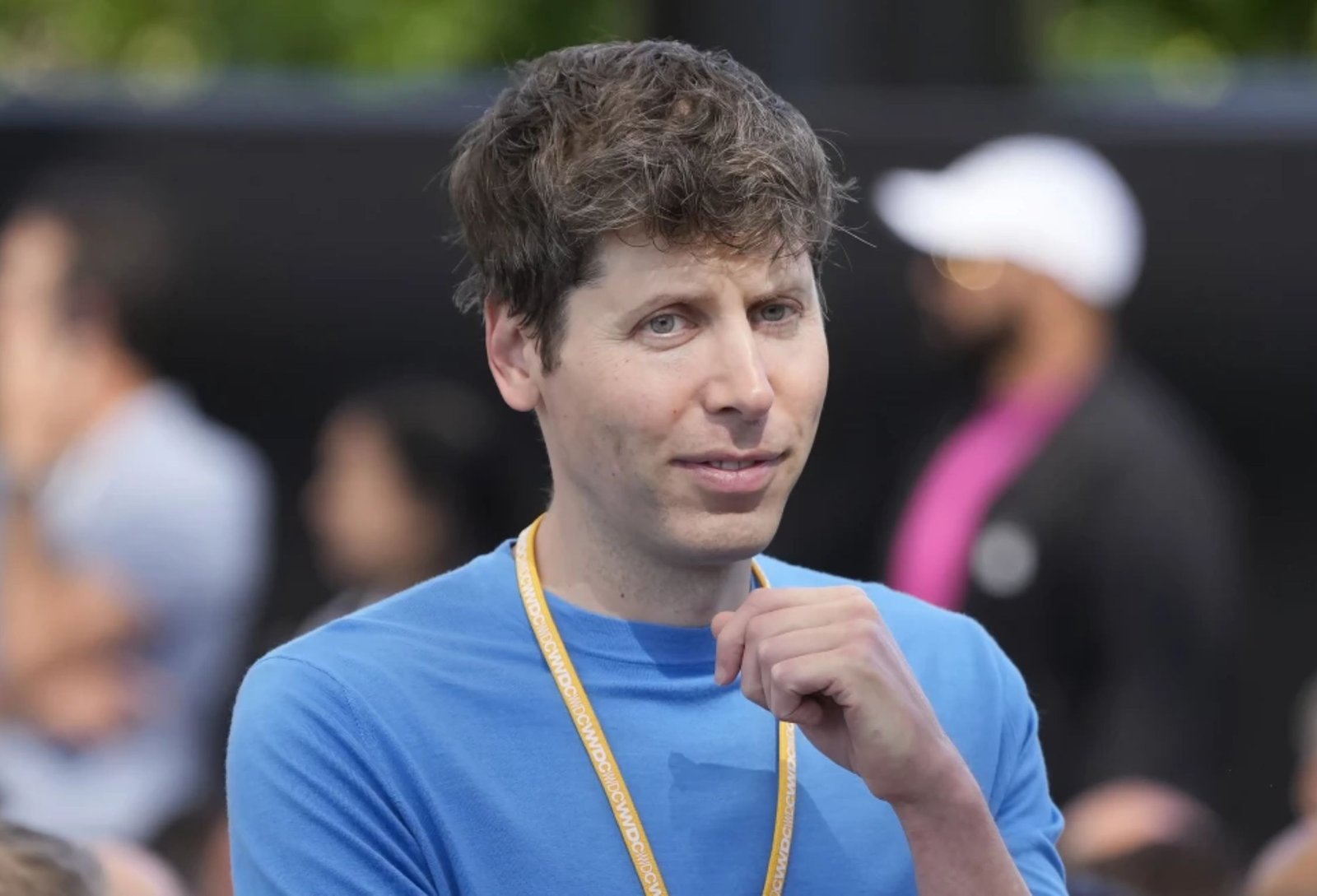OpenAI, the artificial intelligence company known for its creation of ChatGPT, is experiencing a remarkable valuation surge, recently reaching $157 billion. However, this rapid growth comes with complications tied to its nonprofit origins. Since its inception, OpenAI has been structured as a nonprofit organization with a mission to develop artificial intelligence that benefits “all of humanity.” Despite this mission, the organization operates several for-profit subsidiaries, raising questions about its corporate structure and the implications of such a model.
Potential Restructuring Considerations
The dynamics within OpenAI have been closely monitored, particularly after a tumultuous period last November when CEO Sam Altman was both ousted and subsequently rehired. As the company navigates these changes, Altman confirmed that OpenAI is contemplating a corporate restructuring. While no specifics have been disclosed, there are indications that OpenAI may transition to a public benefit corporation. This potential shift could complicate the relationship between its nonprofit and for-profit arms, especially regarding asset control and valuation.
Legal and Regulatory Implications
Experts in nonprofit tax law express concerns about the implications of this restructuring. Jill Horwitz, a professor at UCLA School of Law, noted that conflicts between the nonprofit’s charitable mission and the interests of its for-profit subsidiaries could prompt scrutiny from regulators. The board, along with regulatory bodies, must ensure that the nonprofit’s public promise to prioritize charitable interests is upheld.
In the event that OpenAI’s nonprofit loses control over its subsidiaries, experts suggest it may be required to compensate for the interests and assets previously associated with the nonprofit. This could lead to significant financial repercussions as OpenAI navigates these complex legal waters.
Asset Valuation Challenges
The potential transition raises critical questions about asset ownership within OpenAI. Determining which assets belong to the nonprofit—and their fair market value—will be a challenging task. Intellectual property, patents, and commercial products could all be factors in this valuation process. Experts assert that any transition to a for-profit model would necessitate adherence to tax laws governing tax-exempt organizations.
Andrew Steinberg, a legal expert at Venable LLP, highlighted the complexities involved in such a conversion. He stated that changing the corporate structure of nonprofit subsidiaries is an extraordinary undertaking that would require extensive legal and regulatory navigation. However, he emphasized that while challenging, it is not impossible.
Moving Forward
Bret Taylor, chair of the OpenAI nonprofit board, reassured stakeholders that any restructuring efforts would ensure the nonprofit’s continued existence and ability to fulfill its mission. The focus remains on protecting the interests of the nonprofit while pursuing potential avenues for enhanced collaboration with its for-profit counterparts.
As OpenAI continues to grow and evolve, it faces the dual challenge of maintaining its original mission while adapting to the demands of a rapidly changing business landscape. With regulatory scrutiny on the horizon, the organization’s next steps will be crucial in determining its future trajectory and the balance between its nonprofit ideals and for-profit ambitions.
Read Also: Startups in MENA Region Attract New Investments for Growth and Innovation



